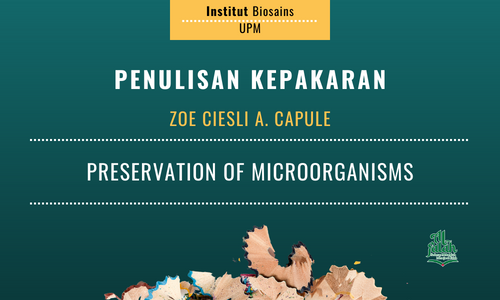For the past 2 decades Prof. Dr. Maznah Ismail and her team at the Laboratory of Molecular Medicine, Institute of Bioscience had concentrated their efforts on conducting research, innovation and commercialization on creating novel nutraceuticals from natural resources for chronic disease prevention and health improvement, understanding their mechanism through nutrigenomics tools and improve absorption and uptake by means of nanotechnology and delivery.
Diseases have always been a part of human existence, and so has the search for remedies, not only to restore health, but also to improve the quality of life. Interest in the medicinal properties of natural products has grown considerably due to concerns about side effects and other adverse effects caused by synthetic compounds. Such interest has yielded a better understanding of the role of nutraceuticals in health promotion and disease prevention.

This realization has resurfaced and has been supported by evidence-based studies that show a direct link between diet and the development of chronic disease. According to WHO, chronic diseases have been known as the leading cause of death in developed countries, and, even in developing countries. The unbearable effects of chronic diseases, even when they do not lead to death, have significant impacts on individuals, families and the economies of nations.
Nutrition research previously focused on the deficiency over the last decade due to an increasing awareness of the interaction of food and its constituents with macromolecules at different molecular levels. This is largely what has given birth to the field of nutrigenomics, which focuses on the interactions at the diet-genome interface. The basis for nutrigenomic studies is that dietary components act as signals that convey information about the diet and its components to cell at different levels to change gene and protein expression and metabolite production in accordance with the level of nutrients sensed by the cell. Dietary signatures are thought to underlie the health benefits of plant bioactive compounds, commonly referred as nutraceuticals.
Germinated brown rice
Germinated brown rice (GBR) is unpolished brown rice that has been allowed to germinate to improve the flavor and texture, and to increase levels of bioactives such as γ-aminobutyric acid (GABA), acylated steryl glucoside (ASG) and ferulates.
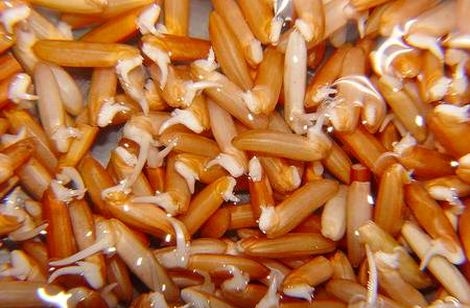
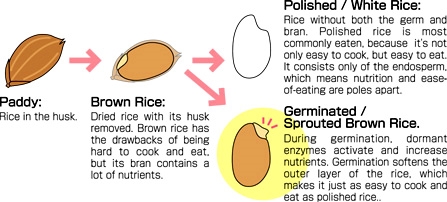
Germinated brown rice
GBR has many functional effects, including antidiabetic, cardiovascular diseases (CVD), antioxidant, weight reducing, hypocholesterolemic, antidepressant, cognitive-enhancing, hepatoprotective, immunomodulatory properties, menopause-related problems and Alzheimer’s disease. GBR may serve as an efficient alternative to white rice, and as an adjuvant for the management of many chronic diseases, especially when consumed on a long term to provide continuous supply of bioactives.
Bioactive-rich fraction as nutraceuticals
Bioactive-rich fractions claimed that food and not nutrients is the fundamental unit in nutrition. Through synergy of bioactive compounds in food, better nutritive value is derived than what individual nutrients would provide. Lead bioactive compounds in the presence of other metabolites, even in small compound, will produce more beneficial effects.
Nigella sativa volatile oil is known to be rich in thymoquionone(TQ). TQ reported possesses multiple health-beneficial activities, including anti-tumor, anti-inflammatory, anti-bacterial, anti-diabetic, anti-hypertensive, hyperglycemic, anti-oxidative and imuno-modulation activities.
Another potential bioactive-rich fraction is curculigoside-cinnamic acid-rich fraction from Molineria latifolia rhizome that can function as an antioxidant therapeutic agent. Vanillin rich fraction extracted from vanilla pods can upregulate LDLR and downregulate HMGCR, and also has anti-carcinogenic activity in azoxymethane induced colon cancer in rats. Oryzanol rich fraction (ORF) extracted from rice bran has been reported to contribute to multiple health beneficial activities including reduction of cholesterol levels, and antioxidant functions.
Sources of bioactive-rich fractions:
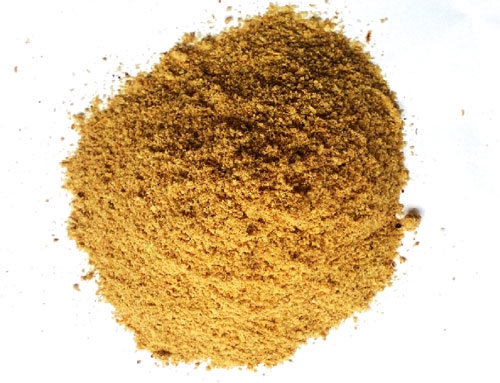 |
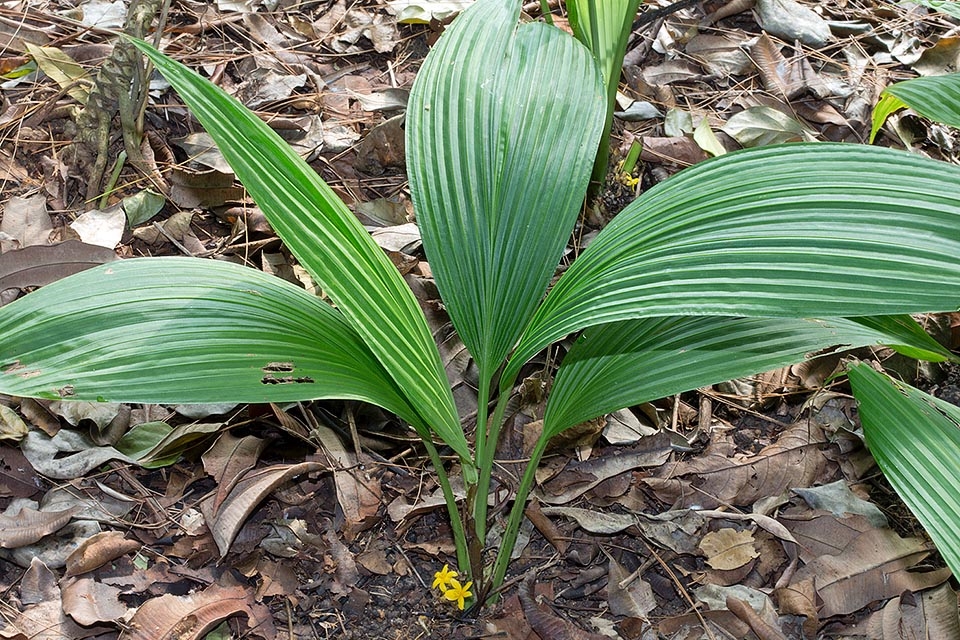 |
|
Rice Bran
|
Molineria latifolia
|
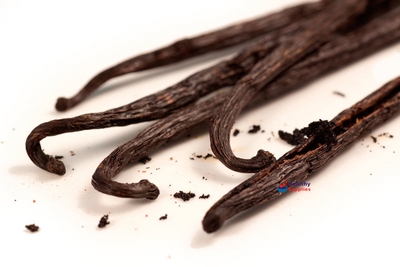 |
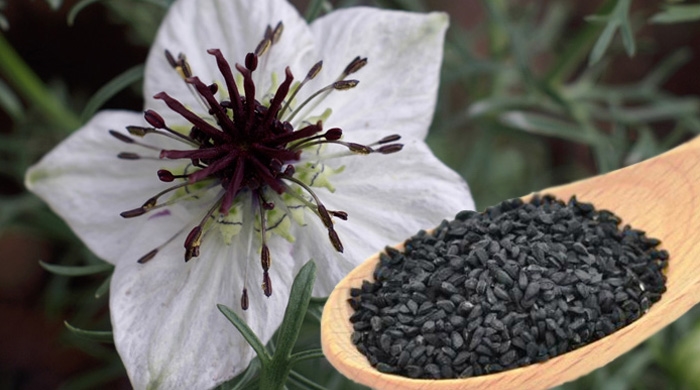 |
|
Vanilla pod
|
Nigella sativa
|
Nanodelivery of bioactive components for food applications
Nanodelivery provides a means to control stability, solubility and bioavailability and also provides controlled release of bioactives for improved functionality.
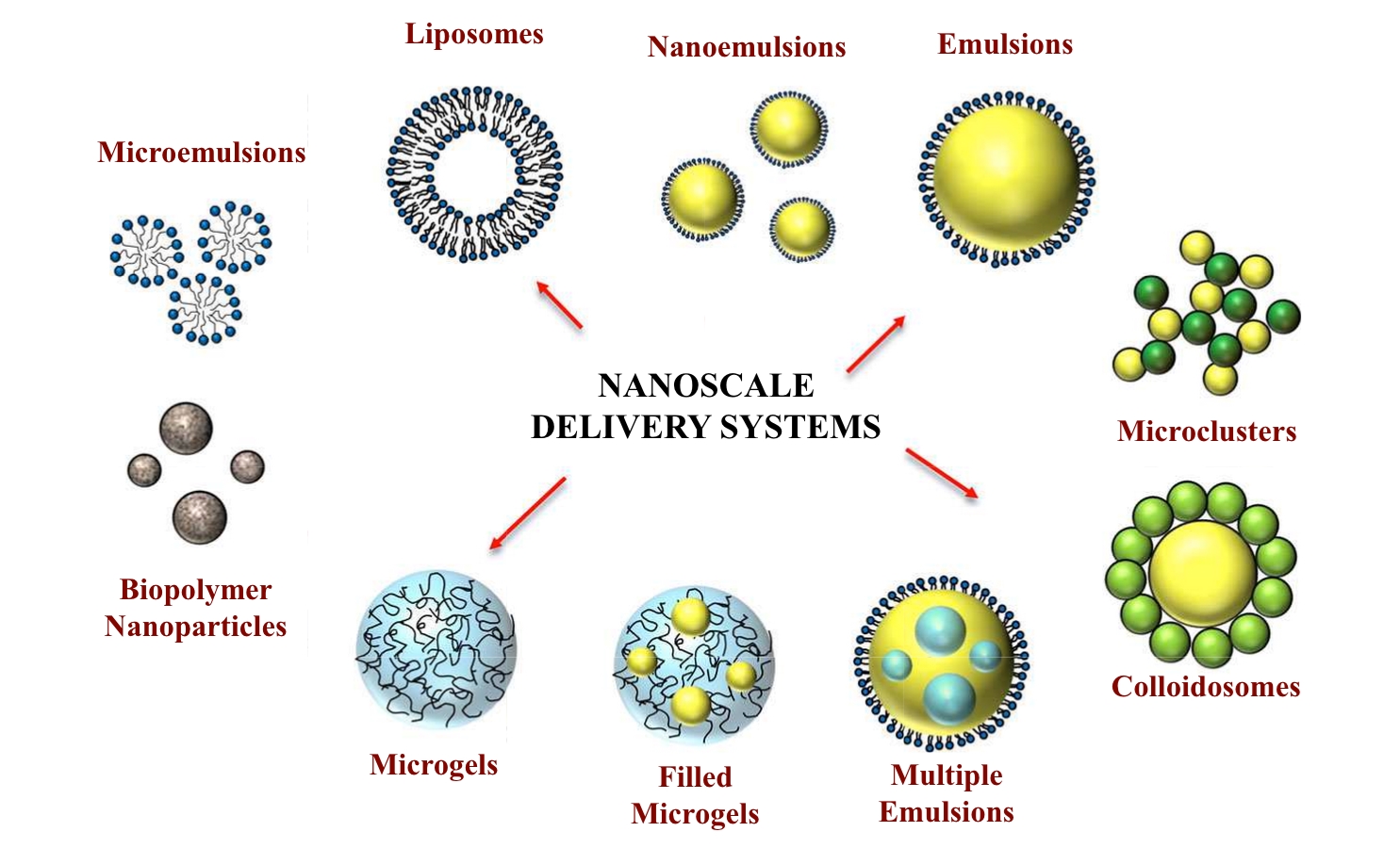
Image source: http://www.nutraingredients.com
The commercialization
Following the successful demonstration of the functional effects of GBR and bioactive-rich fractions with nanodelivery technology, few products have been commercialized. These include OryGold™ (GBR-based products) and HSGold™ (TQRF-based products). These products have received numerous medals at organizational, national and international levels such as Malaysia Technology Expo (MTE), Bioinno Malaysia and iENA Germany. For more information about commercialized product, please visit www.nutracreme.com.
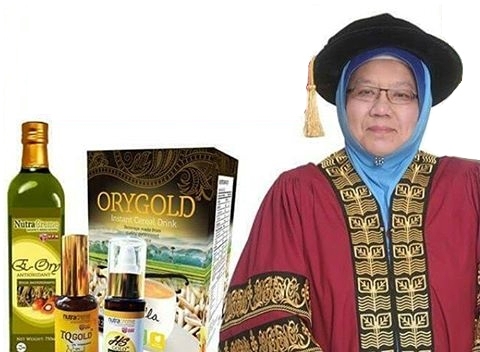
Research Fellow
Laboratory of Molecular Biomedicine
Institute of Bioscience
Tel: 603-8947 2188
Date of Input: 03/08/2017 | Updated: 12/07/2019 | azah
MEDIA SHARING




















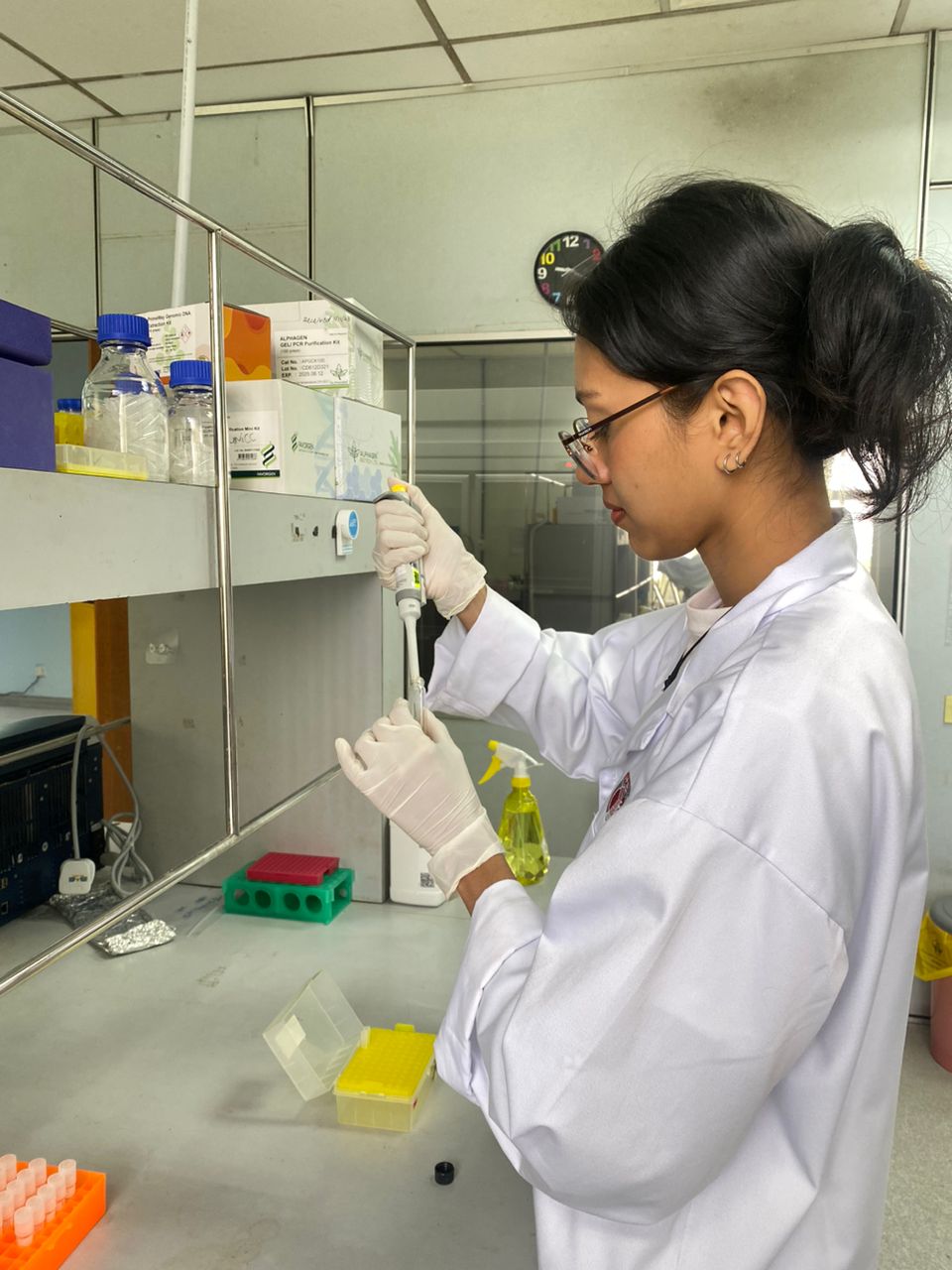
.png)
